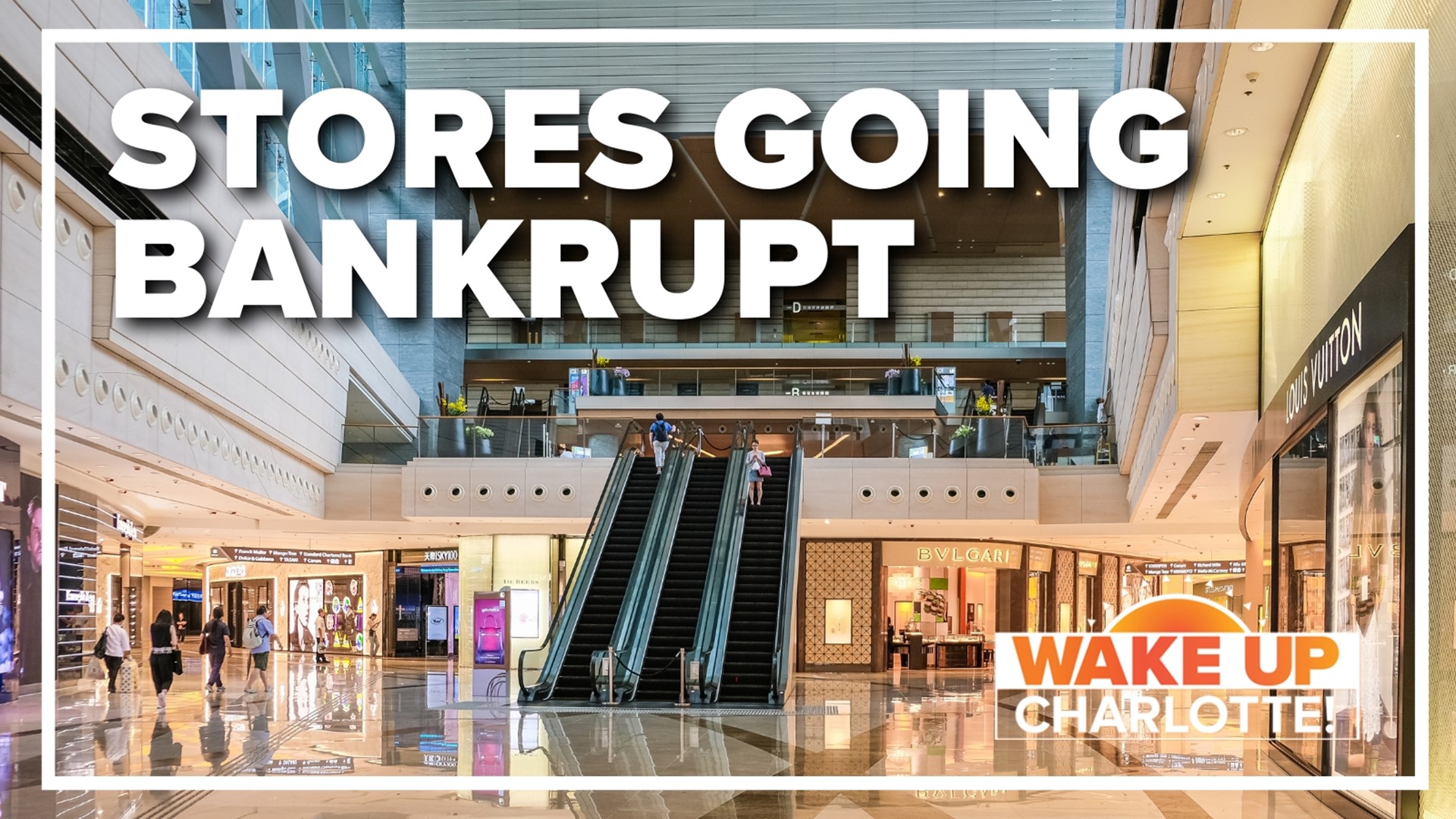Surge in Store Closures: A Comprehensive Overview
The retail landscape in the United States is undergoing a significant transformation, marked by a surge in store closures across various sectors. This trend is largely attributed to a combination of economic pressures, including inflation, changing consumer behaviors, and a wave of bankruptcies affecting well-known retail chains. As of 2024, the situation has escalated, prompting numerous retailers to announce substantial closures.
Key Retailers Announcing Closures
1. Big Lots
Big Lots, a discount retailer, has disclosed plans to close up to 315 stores nationwide. This decision comes as part of a broader strategy to streamline operations amid financial challenges. The closures were detailed in a regulatory filing, indicating the company's struggle to maintain profitability in a competitive market. Read more here.
2. Rite Aid
Rite Aid is facing a particularly challenging period, having recently filed for bankruptcy. The pharmacy chain is set to close 27 more locations, adding to its existing list of closures as it attempts to restructure its business. The closures are part of a larger trend affecting pharmacies across the country, as they grapple with declining foot traffic and increased competition. Full list of closures.
3. Walgreens
Walgreens has announced plans to close a significant number of its approximately 8,600 locations in the U.S. This move is part of a strategic reset aimed at addressing the company's ongoing struggles in the pharmaceutical sector. The closures are expected to impact various states, reflecting a broader trend of consolidation in the retail pharmacy market. More details here.

4. Macy's
Macy's is also feeling the pressure, with plans to close 150 stores as part of a massive reorganization effort. This decision is driven by the need to adapt to changing consumer preferences and the increasing shift towards online shopping. The closures are expected to take place over the next few years, with an initial wave of 50 underperforming stores set to close by the end of 2024. Learn more.
5. Stop & Shop
In a bid to improve financial performance, Stop & Shop has announced the closure of 32 underperforming grocery stores across the northeastern United States. This decision reflects the ongoing challenges faced by grocery retailers as they adapt to shifting consumer habits and economic pressures. Details on closures.
6. Walmart
Walmart, the retail giant, is not immune to the trend, having recently announced the closure of five stores in California and additional locations in other states. This follows a series of closures in previous years, indicating a strategic shift in the company's operational focus. Closure list.
7. Shake Shack
The popular burger chain Shake Shack is also closing several locations, including those in California, Texas, and Ohio. The closures are attributed to the performance of certain stores, which have been deemed underperforming. More information.
Economic Factors Driving Closures
The retail industry is currently facing a myriad of challenges that have contributed to the wave of store closures:
Inflation: Rising prices have led to inflation-weary consumers who are more cautious with their spending. This has resulted in decreased foot traffic and sales for many retailers.
Bankruptcies: A significant number of retailers are filing for bankruptcy, unable to sustain operations in a challenging economic environment. This has led to a domino effect, with closures becoming a common strategy for survival.
Changing Consumer Behavior: The shift towards online shopping has accelerated, prompting many brick-and-mortar stores to reevaluate their physical presence. Consumers are increasingly opting for the convenience of online purchases, leading to reduced demand for physical retail spaces.

Conclusion
The current wave of store closures reflects a broader transformation within the retail sector, driven by economic pressures and changing consumer behaviors. As retailers like Big Lots, Rite Aid, Walgreens, Macy's, and others announce significant closures, it is clear that the landscape of retail is evolving. The future will likely see a continued emphasis on online shopping and a reevaluation of physical store strategies as companies strive to adapt to the new normal.
For ongoing updates and detailed lists of closures, you can refer to the following sources:
As the retail landscape continues to shift, stakeholders will need to remain vigilant and adaptable to navigate the challenges ahead.




